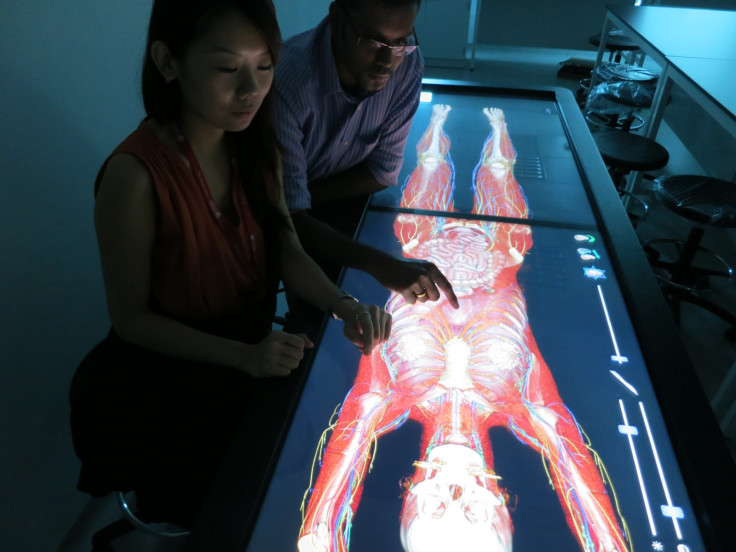US soldiers could have their bodies scanned so exact replicas of their bones can be 3D printed

Researchers at the University of Nevada are talking to the US military about having the bodies of all US servicemen scanned to create exact virtual replicas, which can then be used to 3D print new bones in case of injury.
"The idea is to image somebody when in a healthy state so that the data is available at a later point," Dr James Mah, Director of the Advanced Education Program in Orthodontics at the University of Nevada told a conference in San Jose, California, according to the Telegraph.
"We do have soldiers that are injured, they lose limbs and it is a challenge to reconstruct. The thinking is if they do an image beforehand they may be able to 3D print a femur which could provide a template to facilitate surgical repair in the field."
"The technology could help many of our war casualties and veterans.
Over 200 academic and medical institutions in the world are currently using a virtual autopsy table technology called Anatomage as an alternative to cutting open cadavers when studying human anatomy.
There are over 1,000 segmented and annotated structures in a male human cadaver, and the Anatomage is able to use ultrasound, x-ray and MRI data to build a highly-accurate 3D image of the human body, which enables doctors and medical students to be able to see everything in the body in great detail.
So if this can be done with cadavers, why not with healthy, living people? By scanning the bodies of soldiers, a digital copy of their entire body could be then stored in the cloud, and then if they suffer any injuries, their surgeon can pull up their data and use it to print out a replica of the bone they need.
The technology could also be used to build implants dwhich help to facilitate the growth of new bones.
In the last 12 months, there has been a real drive towards using 3D printing in hospitals to aid in rehearsing incredibly complicated and potentially life-threatening surgeries, as well as to make perfectly accurate implants to replace tumour-ridden bones.
The Anatomage technology is similar to Interactive Institute Swedish ICT's Inside Explorer – a virtual autopsy table touch screen (slightly smaller than the door-sized Anatomage) that is now being used in numerous museums and science centres around the world to show the insides of mummies.
© Copyright IBTimes 2025. All rights reserved.






















